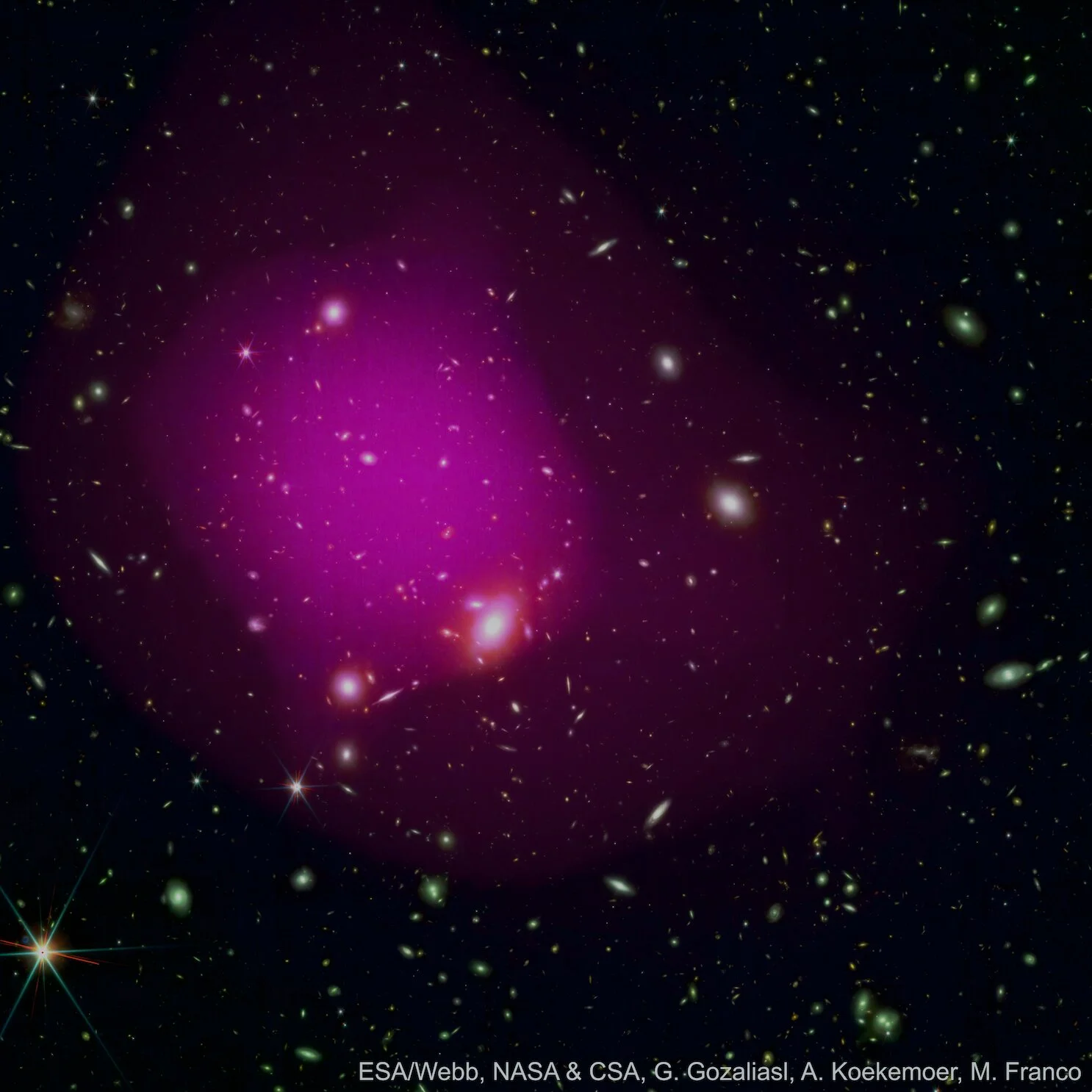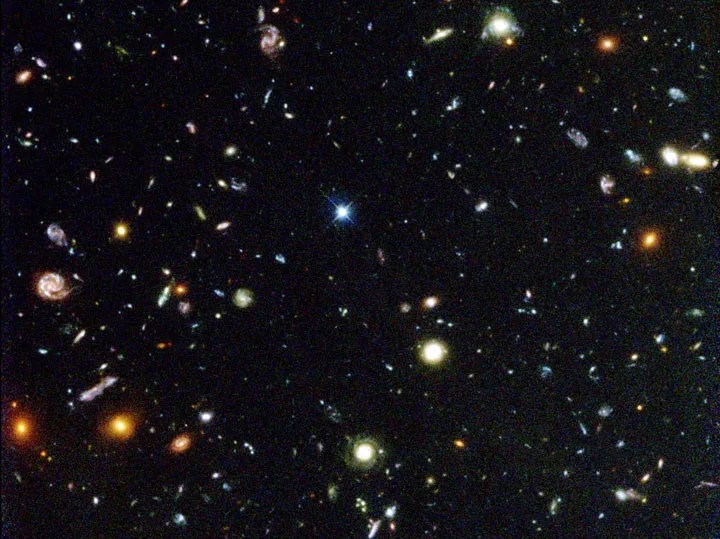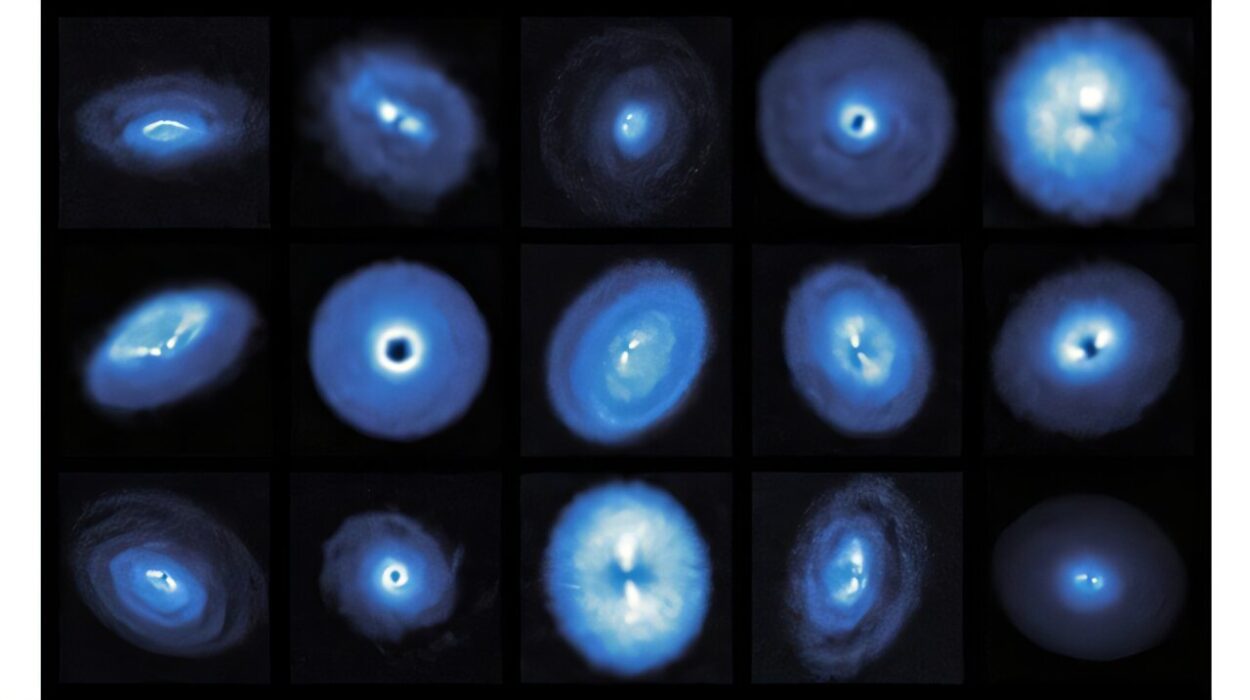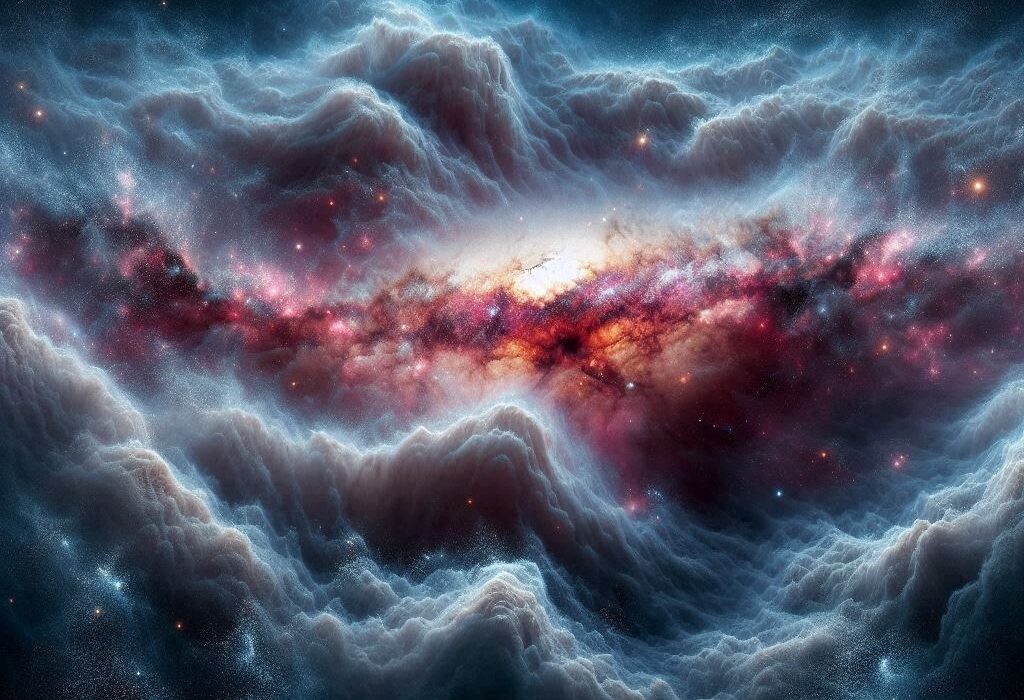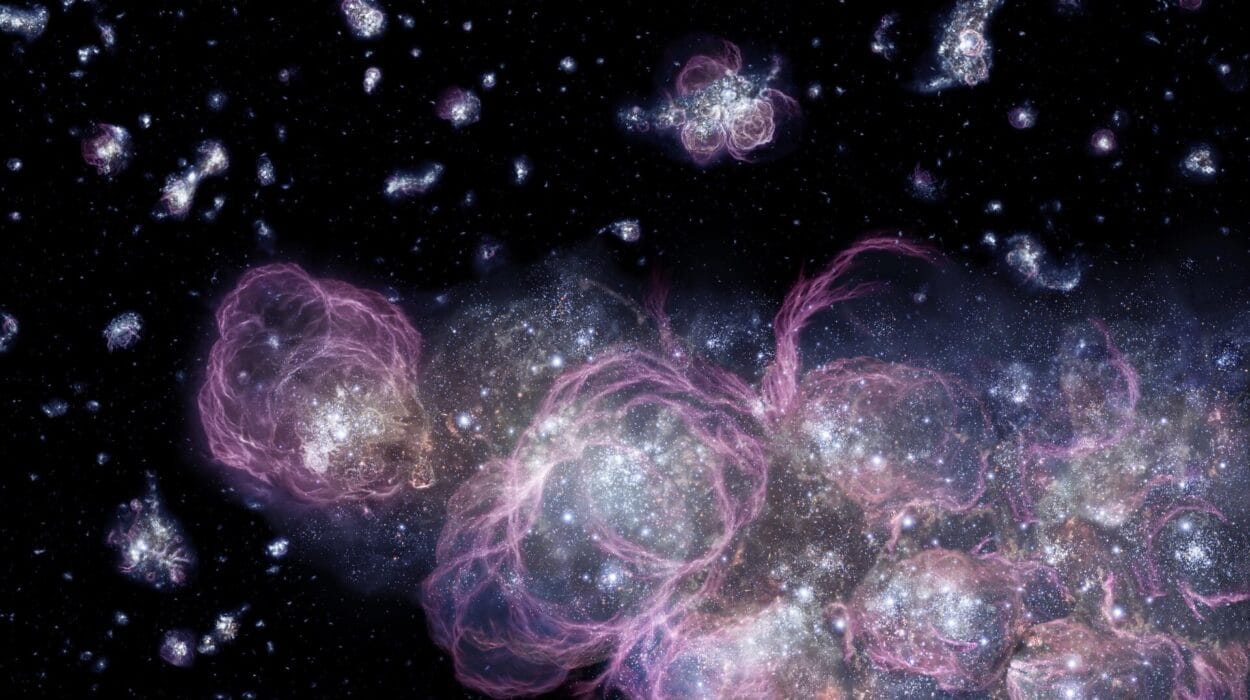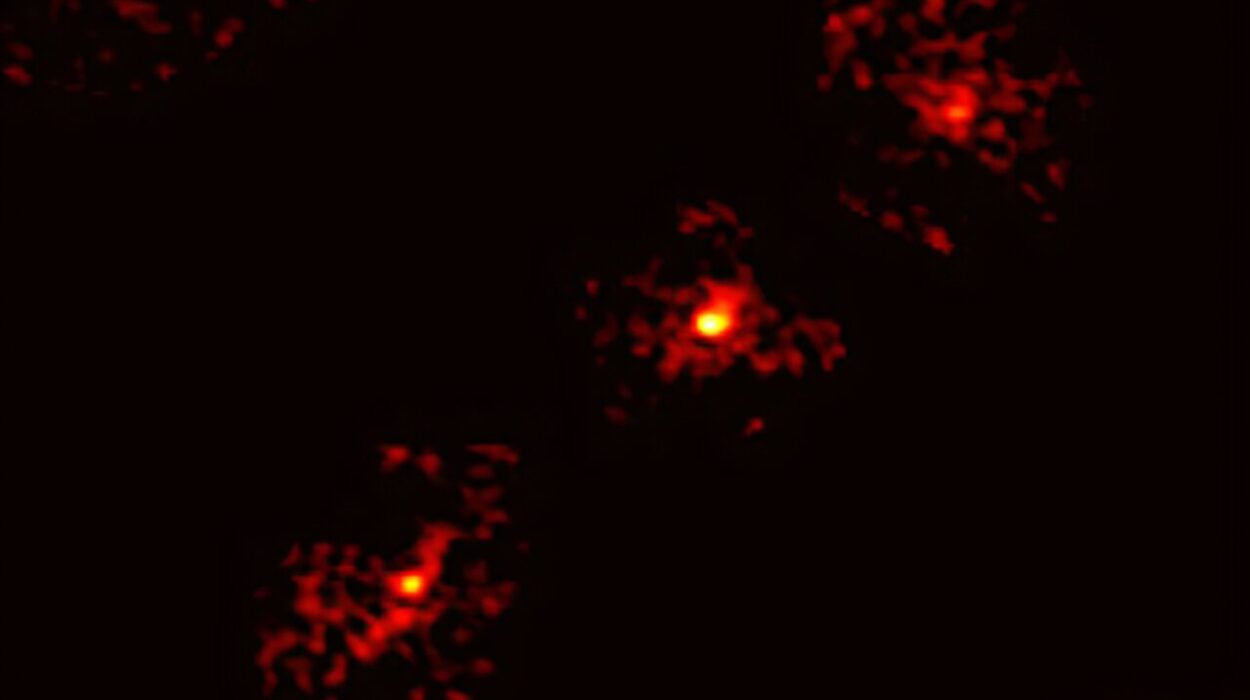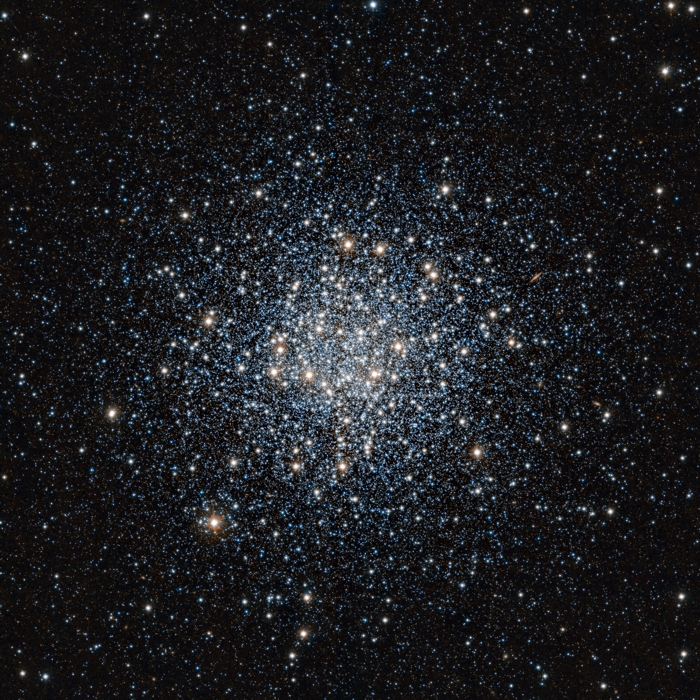In a stunning leap forward for astronomy, a team of international researchers has unveiled the largest and deepest sample of galaxy groups ever detected—1,678 cosmic congregations spanning 12 billion years of history. This unprecedented dataset, harvested from the James Webb Space Telescope (JWST), offers humanity a breathtaking window into the early chapters of our universe and the majestic architecture of the cosmic web.
From faint smudges of ancient light to sprawling galactic cities teeming with stars, black holes, and dark matter, this discovery isn’t just about finding more galaxies. It’s about decoding the story of cosmic evolution itself—a story woven across billions of years, in patterns as grand as the web of galaxies that threads the cosmos.
A Time Machine into the Ancient Universe
The James Webb Space Telescope, launched in December 2021 and operational since mid-2022, is the most powerful space telescope ever built. With its massive segmented mirror and instruments tuned to infrared light, JWST has redefined our view of the distant universe. Unlike its predecessor, the Hubble Space Telescope, JWST can peer further and fainter—allowing astronomers to look back in time to the first billion years after the Big Bang.
“Webb is like a time machine,” explains Dr. Ghassem Gozaliasl of Aalto University, lead researcher of the galaxy group detection team. “It lets us see galaxies as they were billions of years ago, many of them just beginning to form and interact in complex environments.”
Using data from COSMOS-Web, a major survey project targeting a richly populated region of the sky, the team uncovered nearly 1,700 galaxy groups or proto-clusters—by far the largest catalog of its kind. These aren’t just random collections of galaxies, but gravitationally bound systems that trace the large-scale structure of the universe.
The Cosmic Web: A Universe Connected
Contrary to the image of galaxies drifting alone in the dark, the universe is fundamentally social. Galaxies cluster into groups and superclusters, linked by cosmic filaments of dark matter and gas. Together, these structures form what cosmologists call the cosmic web—a vast network resembling a three-dimensional spider’s web stretching across the observable universe.
Our own Milky Way is part of a modest gathering called the Local Group, which includes the majestic Andromeda galaxy and dozens of dwarf companions. But the new JWST catalog extends this view on a much grander and more ancient scale.
“Like humans, galaxies gather in families,” says Gozaliasl. “They interact, merge, and evolve together. Understanding galaxy groups is essential because they are the cradles of galaxy formation and transformation.”
In fact, about half of all galaxies in the universe reside in groups or clusters. These cosmic communities are not only shaped by the mutual gravitational pull of their members but also by the invisible glue of dark matter, the dynamic feedback from supermassive black holes at their centers, and the diffuse, superheated gas that fills the space between galaxies.
A Galaxy Group’s Life Cycle: From Chaos to Order
The beauty of this new JWST dataset is that it spans an immense temporal range—capturing galaxies from as far back as 12 billion years ago, when the universe was just a few hundred million years old, to only 1 billion years ago, closer to our own cosmic era. That means astronomers can now study the evolution of galaxy groups across nearly the entire lifetime of the universe.
“In the early universe, galaxies look irregular—clumpy, messy, and forming stars at a frenetic pace,” says Gozaliasl. “But as time passes, we see the formation of more orderly structures—spirals, ellipticals—and a reduction in star formation. This transition tells us a lot about the physical processes at play.”
One key process is galactic merger—the cosmic equivalent of family reunions. In dense environments like galaxy groups, collisions are common. Smaller galaxies merge to form larger ones, sometimes igniting spectacular bursts of star formation or triggering the growth of a central supermassive black hole. Over time, these interactions produce the massive, dominant galaxies found at the centers of mature groups and clusters.
These central giants, known as brightest group galaxies (BGGs), are among the largest and most luminous objects in the universe. Their formation is a central mystery in cosmology, one that the new JWST data is poised to help solve.
Dark Matter and the Hidden Universe
One of the greatest puzzles in modern physics is that the matter we can see—stars, planets, gas—makes up only a small fraction of the universe. The rest is composed of dark matter and dark energy, invisible substances that shape the cosmos but elude direct detection.
Galaxy groups are vital laboratories for studying dark matter. Their gravitational influence holds galaxies together, governs their movements, and bends light from background sources—a phenomenon known as gravitational lensing. By analyzing how galaxies move within groups and how light is distorted as it travels through these dense regions, astronomers can map the otherwise invisible dark matter halos that encase these structures.
“JWST allows us to trace galaxy evolution not just in terms of light, but in the context of their environments and underlying dark matter frameworks,” says Gozaliasl. “We can now build a more complete picture of how structure emerges from the early universe to the present.”
Seeing the Unseeable: The Power of Infrared Eyes
Part of what makes this survey so remarkable is JWST’s ability to detect incredibly faint galaxies. Some of the galaxies in the new catalog are up to one billion times dimmer than what the human eye can see. These galaxies, many of which existed when the universe was less than 10% of its current age, are essentially fossil records from the dawn of time.
Light from these ancient galaxies has traveled for billions of years, stretched by the expansion of the universe into the infrared part of the spectrum. JWST’s instruments are specifically designed to capture this stretched, faint glow, revealing galaxies in their infancy—some forming their very first stars.
Each image from the survey is a time capsule, offering a snapshot of a moment long gone. And because the dataset is so vast and deep, it provides a unique chance to compare galaxy groups across different eras of cosmic history. How do early proto-clusters differ from the more evolved groups we see later? What drives the transformation of chaotic, starbursting galaxies into calm spirals and ellipticals? The answers are beginning to unfold.
A Global Effort, A Shared Sky
The COSMOS-Web project is one of the largest initiatives undertaken with JWST so far. It covers an area of the sky roughly the size of three full moons and combines observations from multiple instruments and telescopes—including data from NASA, the European Space Agency (ESA), and Canadian partners.
The newly released image of a galaxy cluster more than 6 billion light-years away, chosen as ESA’s Picture of the Month, is a crown jewel of this effort. The image dazzles not just for its visual beauty but for its scientific depth—each speck of light representing a galaxy, each a home to billions of stars, and each a piece of the universe’s unfolding story.
Why It Matters: Humanity’s Place in the Cosmos
Astronomy is more than just stargazing—it’s a quest to understand where we come from and where we’re going. By mapping galaxy groups across cosmic time, astronomers are not only writing the history of the universe, they are helping us understand the rules that govern it.
The implications are profound. Understanding galaxy group formation tells us about the growth of structure in the universe, the behavior of dark matter, the life cycles of galaxies, and the emergence of the conditions necessary for stars—and potentially life.
It also reframes our perspective. Our Milky Way is just one member of a local group, itself a minor part of a vast cosmic tapestry. Yet thanks to tools like JWST, we can now trace that tapestry from its earliest threads to its most intricate patterns.
Looking Ahead: The Golden Age of Cosmology
The release of this enormous dataset is just the beginning. As JWST continues its mission, new surveys will push even deeper, identifying fainter galaxies, mapping more detailed structures, and refining our models of cosmic evolution. Future studies will integrate data from radio telescopes, gravitational wave detectors, and next-generation observatories like the Nancy Grace Roman Space Telescope and the European Extremely Large Telescope.
The galaxy groups discovered by Gozaliasl and his team are like chapters in a vast, cosmic novel. With each observation, we turn another page.
“This is a golden age for cosmology,” says Gozaliasl. “We’re answering questions that were once the realm of imagination—and asking new ones we never thought possible.”
Reference: Greta Toni et al, The COSMOS-Web deep galaxy group catalog up to z=3.7, Astronomy & Astrophysics (2025). DOI: 10.1051/0004-6361/202553759
